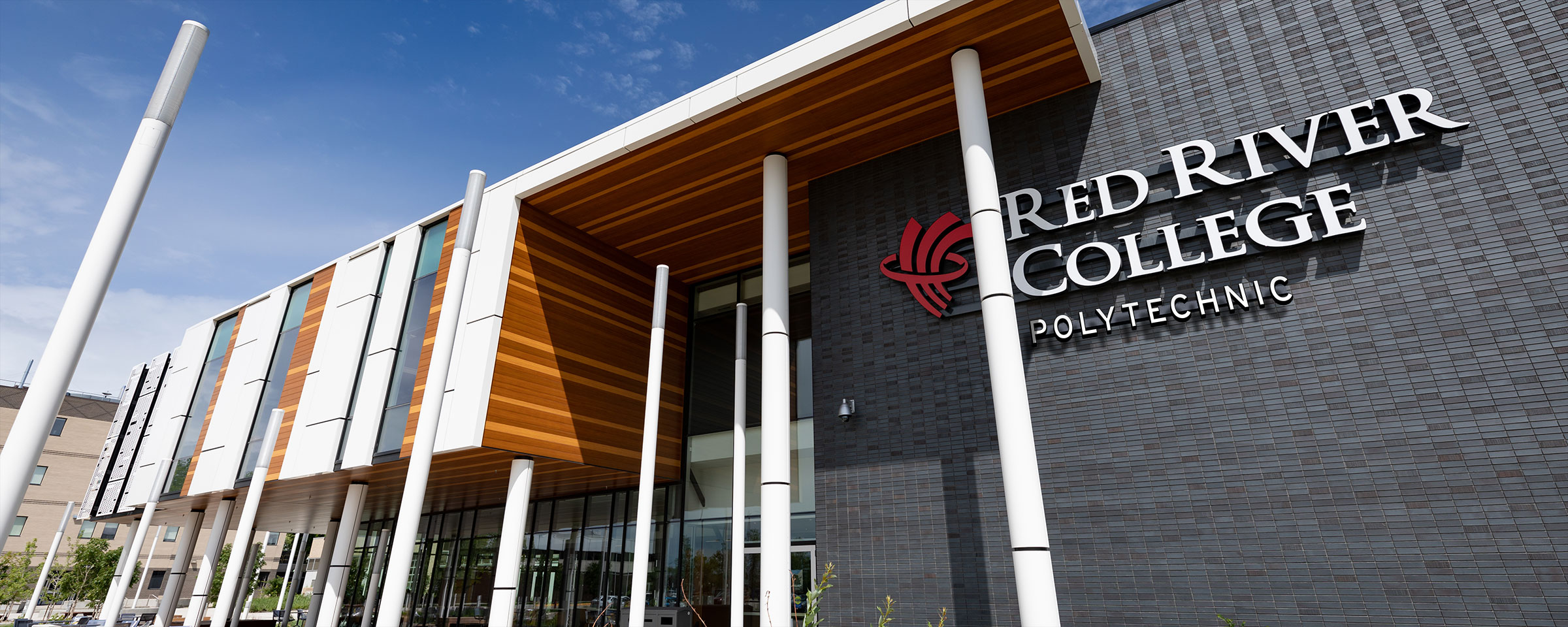Red River College’s new Pollinator Garden is the ‘bee’s knees’ for even sweeter honey yields this summer
Winnipeg, MB – The bees are back in town and Red River College (RRC) is sweetening the deal for our busy little buddies this year with the addition of a new Pollinator Garden located on the grounds of the Notre Dame Campus. Today, staff, students and members of the media are invited to come and tour the new Pollinator Garden, check out the rooftop hives, and ‘meet the bees’ over the noon hour.
For four years, the College has partnered with Beeproject Apiaries to bring the fascinating world of honeybees, not to mention delicious honey, back to Red River College for students and staff. Urban beekeeping is one of the many innovative and green initiatives offered by the College as a way to engage staff and students in sustainability efforts on campus and at home, and has contributed to the College being named one of Canada’s Greenest Employers for the ninth straight year.
Because pollination is so important to the sustainability of our sweet friends, this year, under the leadership of our Grounds Department, the College has completed a new Pollinator Garden project.
“Staff and student engagement is critical for the success of any of the sustainability projects that Red River College initiates, and we have seen that many areas of the College eager to get involved and make sustainability a priority within their departments,” said Sara MacArthur, Director of Sustainability at RRC.
“We were fortunate to partner with the Grounds Department, who went over and above to create this beautiful Pollinator Garden at the Notre Dame Campus for everyone – not only our pollinator friends, but also students and staff – to engage with and enjoy.”
The Pollinator Garden is located along the walking path on the South-East grounds of the Notre Dame Campus, and features many diverse species of flowers and plants in order to support as many different pollinators as possible. These include:
- Harebell Flower | Campanula Rotundifolia: Producing bell-shaped flowers that bloom singly or in small clusters, this bluebell can be found in meadows, grasslands, rocky slopes, crevices, alpine areas and sandy shores.
- Black-Eyed Susan | Rudbeckia Hirta: ‘Hirta’ means hairy, referencing the short bristles that cover the leaves and stems. Growing up to 3’ tall on stiff, upright, leafy stems, this flower attracts butterflies and birds the whole way up.
- Giant Hyssop | Agastache Foeniculum: Not only is this flower a favourite with bees, butterflies and hummingbirds, its seeds attract goldfinches! You’ll want to put your nose up to this one to see if you can smell the faint fragrance of anise.
This summer, RRC has three hives installed on the rooftop of the Notre Dame Campus and estimates suggest they could yield up to 100kgs of honey, that will later be sold at the campus stores and College-run farmers’ markets held throughout the year.
Due to logistics around hive access, this session will be open to members of the media who indicate their intention to attend in advance. Please contact Emily Doer edoer@rrc.ca or 204-990-1885 to confirm your attendance.
